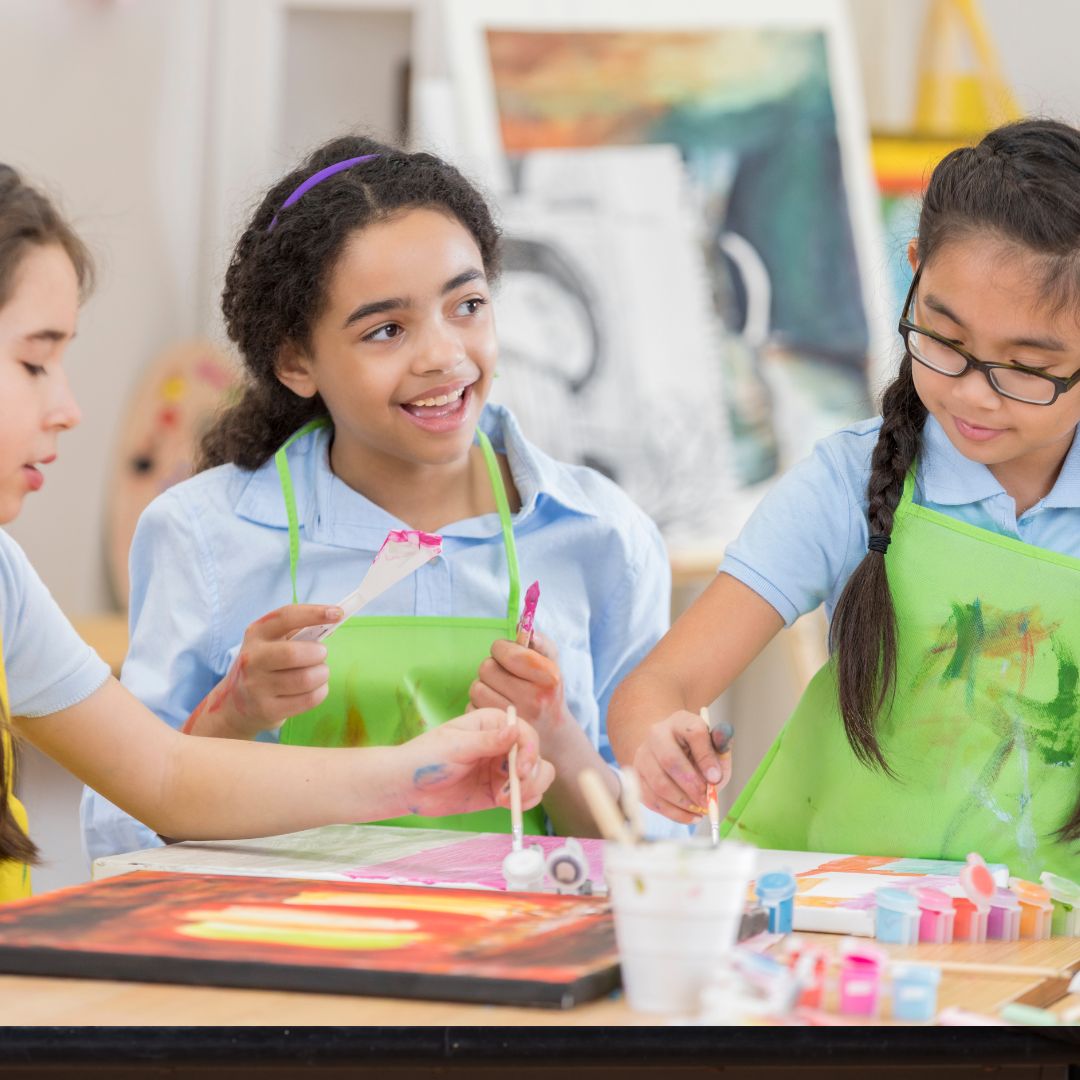Art has long been a powerful force in human culture, evoking emotions, sparking imagination, and influencing the way we see the world. Whether through painting, music, literature, or sculpture, art connects us to deeper aspects of our identity, culture, and society. But art’s impact isn’t just limited to the gallery or stage—it plays a crucial role in our everyday decisions and actions, guiding how we navigate the world, make choices, and interact with others. Understanding why art matters can reveal its profound influence on our lives and the decisions we make every day.
Art Shapes Our Perceptions and Emotions
One of the most immediate ways that art impacts our lives is through its ability to shape our perceptions and emotions. A powerful painting, song, or film can make us feel joy, sadness, excitement, or even anger. These emotional responses don’t just stay confined to the moment we engage with the art; they can influence our actions long after the experience ends. For example, a piece of art that evokes a strong feeling of nostalgia might inspire someone to reconnect with long-lost friends or visit a place they have fond memories of. Art helps us understand and process our emotions, and those feelings often manifest in tangible decisions and actions.
Art as a Reflection of Culture and Society
Art has the ability to reflect the cultural and societal values of a particular time, often challenging the status quo or shedding light on societal issues. It can provoke thought and discussion, pushing individuals to examine their beliefs and perceptions. For instance, a piece of politically charged artwork may inspire someone to become more involved in social activism or take a stand on a particular issue. Similarly, art that explores themes of social justice or environmental sustainability may encourage individuals to make more informed decisions in their personal and professional lives, such as supporting ethical businesses or adopting eco-friendly habits.
In this way, art serves as a mirror to society, encouraging reflection and, at times, motivating action to create positive change. The influence of art extends far beyond its aesthetic value—it can shape how we view the world and how we engage with it.

Art Inspires Creativity and Problem Solving
Art is also a powerful tool for stimulating creativity and enhancing problem-solving skills. Whether in a professional setting, an academic environment, or in everyday life, creative thinking is essential for overcoming challenges and generating innovative solutions. Art encourages us to think outside the box, experiment with new ideas, and view problems from different perspectives.
For example, individuals who are exposed to different forms of art, such as abstract paintings, experimental music, or modern theater, often develop the ability to think creatively in other aspects of their lives. They may apply this creative mindset to personal or work-related problems, using imaginative solutions that others might overlook. Art nurtures the skills of innovation and adaptability—qualities that are vital in an ever-changing world.
Art Fosters Connection and Empathy
Another powerful influence of art is its ability to foster connection and empathy. Art allows us to experience the lives, struggles, and joys of others in a way that words alone cannot. A compelling piece of literature can take us into the mind of another person, while a film can transport us into the life of someone from a different culture or background. This ability to walk in someone else’s shoes creates a deep sense of empathy, leading us to make more compassionate and thoughtful decisions in our own lives.
For example, witnessing a powerful documentary about a social issue might inspire someone to volunteer, donate, or advocate for change. Similarly, experiencing the vulnerability and raw emotion of a painting or song can encourage us to be more open, understanding, and considerate in our relationships with others. Art is a bridge that connects us to different experiences, perspectives, and emotions, helping us relate to the world and the people around us more deeply.

Art in Everyday Life
Art doesn’t only influence major life decisions; it subtly shapes our everyday actions as well. The music we listen to in the morning can influence our mood for the day, while the design of our surroundings, whether at home or in the workplace, can impact how we feel and how productive we are. The choices we make in clothing, home decor, or even food presentation are often influenced by our aesthetic preferences and the art we engage with.
From the way we dress to how we decorate our homes, art affects even the smallest details of our daily lives. It helps define our personal identity and express who we are. As such, art not only enriches our lives but also serves as a constant source of inspiration and guidance, subtly influencing the decisions we make every day.
Conclusion
Art matters because it has the power to influence the way we think, feel, and act. It shapes our emotions, informs our perceptions of the world, and inspires us to make decisions that align with our values and beliefs. Whether through its emotional impact, its role in shaping societal views, or its ability to foster creativity and empathy, art plays an essential role in our daily lives. By engaging with art, we become more aware of ourselves and the world around us, ultimately making more thoughtful and meaningful choices. Art is not just something to appreciate; it is a catalyst for change, growth, and connection in our everyday lives.

